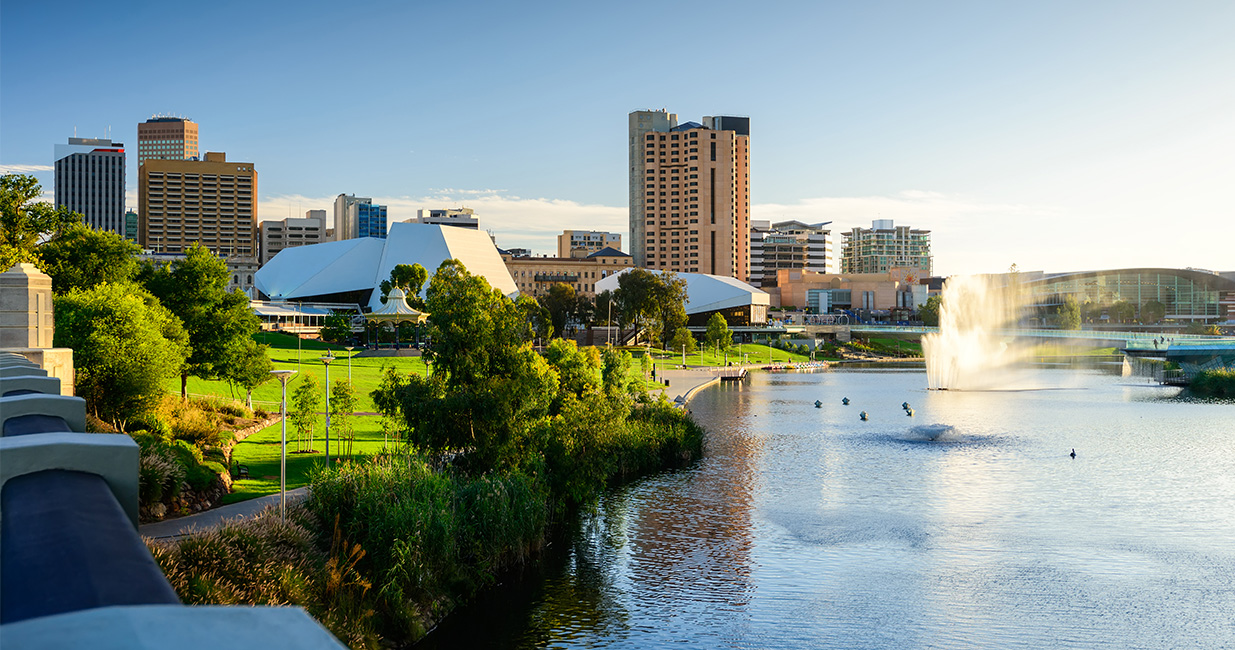
SAFA leads in adoption of alternative reference rates
South Australian Government Financing Authority (SAFA) is committed to using an alternative reference rate (ARR), having issued the first Australian overnight index average (AONIA)-linked transaction. Andrew Kennedy, director, treasury services at SAFA in Adelaide, shares the latest on interbank offered rate (IBOR) transition, the state’s funding programme and sustainability.
SAFA has been a leader at adopting ARRs in Australia, in particular through its issuance linked to AONIA. Now it has been to the public market in this format, how would you assess the state of preparedness for IBOR transition in the Australian dollar market?
I’m aware that institutions are being asked to provide updates and show progress on their IBOR transition, given the impending end of the suite. We are not close enough to comment on progress but everyone is aware of the timeline and implications.
The Australian market has shown that it is taking steps. As SAFA doesn’t have any IBOR exposure, we are focusing on the RFR developments. It is more relevant to our business.
SAFA’s move to issuance using AONIA as a reference rate is based on its view on benchmark appropriateness. But would this programme be assisted if other issuers – states, banks, securitisers or others – adopted it, too?
Many investors recognised the need to participate in our deal because they could see the changes coming and it was suitable for their risk profile. We have also seen another issuer in the market using AONIA. There has certainly been talk at conferences around other issuers acknowledging that alternate rate benchmarking is happening and saying they need to consider what it means for them.
It will be a slow burn, but we will get there. This is just about pace of change and organisations having the appropriate infrastructure in place. This is the current challenge. It will dictate the pace at which other issuers and investors incorporate RFRs into their portfolios and risk management.
SAFA’s funding task has remained relatively stable in recent years compared with most of the other semi-government borrowers. Can you give some colour on the drivers of state funding – especially around the prominence of major projects in state expenditure?
The state government has announced some fairly aggressive infrastructure expenditure over the forward estimates, focusing on health, education and transport. The government has a broad mandate for building stronger and safer communities and providing essential services and social housing, underscored in last year’s budget.
Our forward funding programme will potentially be elevated from what we have seen in the last couple of years but there is no massive jump in state debt or issuance. It will be a slow and considered build out of essential and productive infrastructure.
You have spoken previously about not wanting to isolate liquidity by issuing green bonds. This seems to match sustainable debt markets’ evolution from a use-of-proceeds focus to issuer-level environmental, social and governance (ESG) analysis. How has SAFA’s conversation with investors around ESG factors evolved?
SAFA’s conversation with investors has been around identifying how the government does business and, more recently, focusing on how its projects and infrastructure plan work towards the UN Sustainable Development Goals.
South Australia is a leader in renewable-energy generation and is now a net exporter of power. It supports industry and innovation.
Focusing on the bigger picture, rather than issuing a specific green bond, has enabled us to have a deeper conversation with investors and thus to develop a consideration of the whole-of-government approach to sustainability.

HIGH-GRADE ISSUERS YEARBOOK 2023
The ultimate guide to Australian and New Zealand government-sector borrowers.









